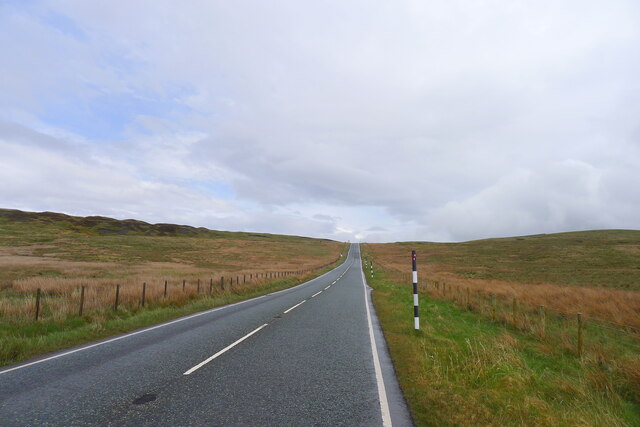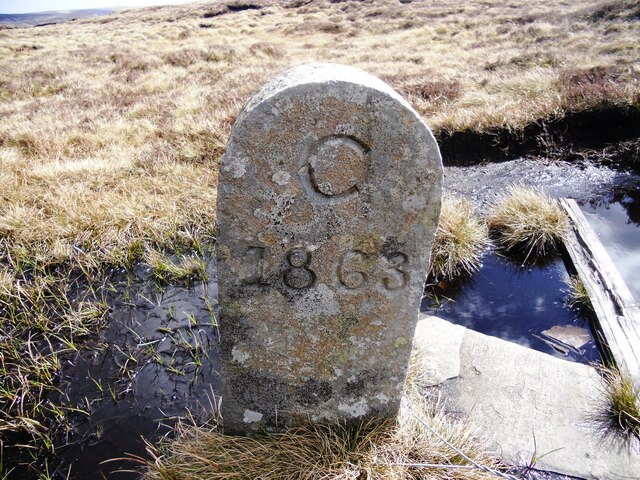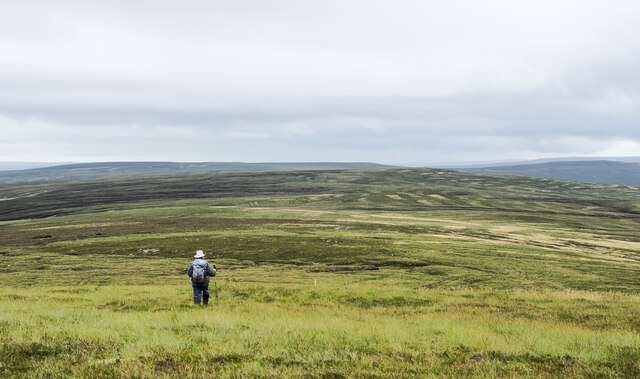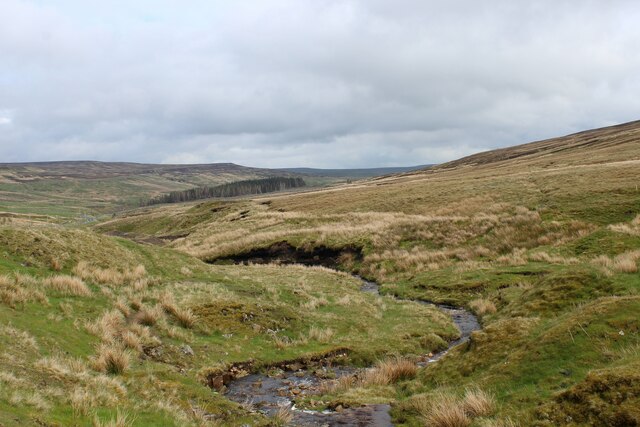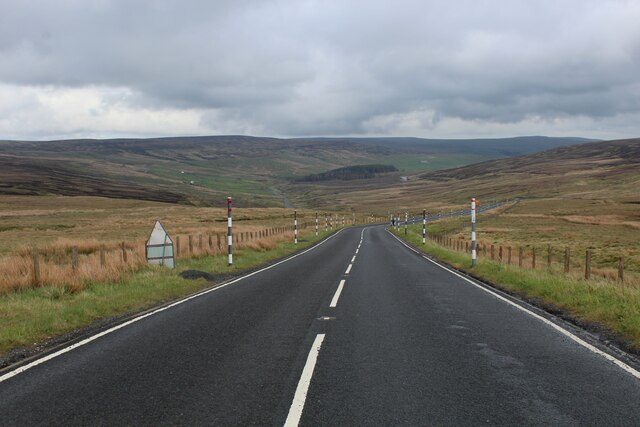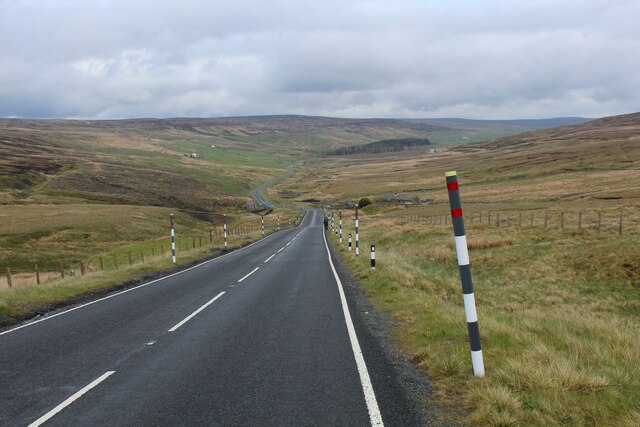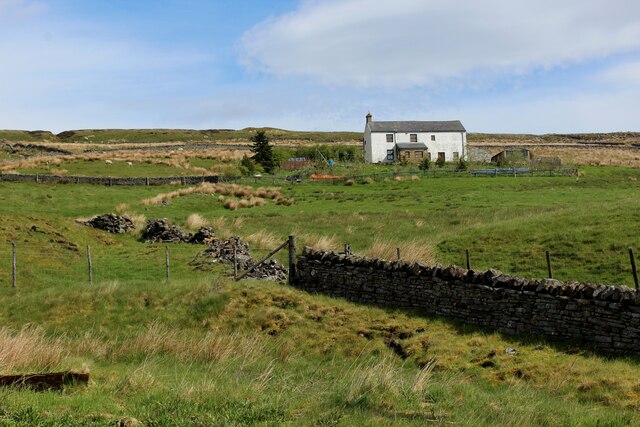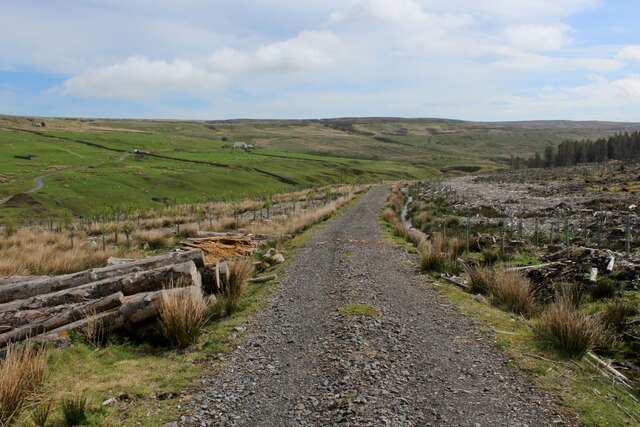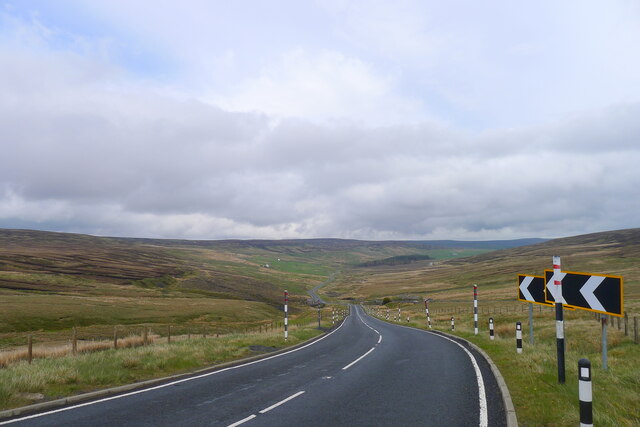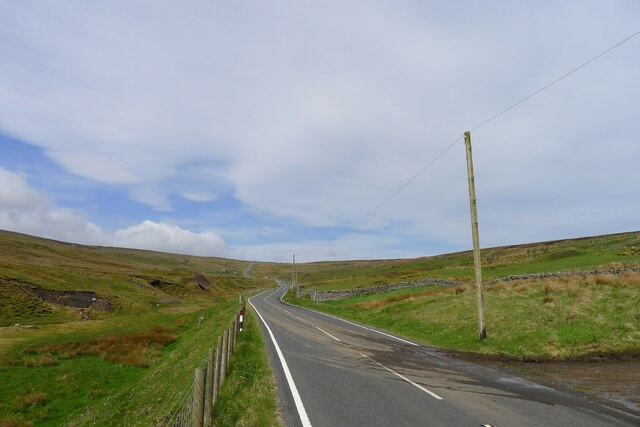Coalcleugh Moor
Downs, Moorland in Northumberland
England
Coalcleugh Moor
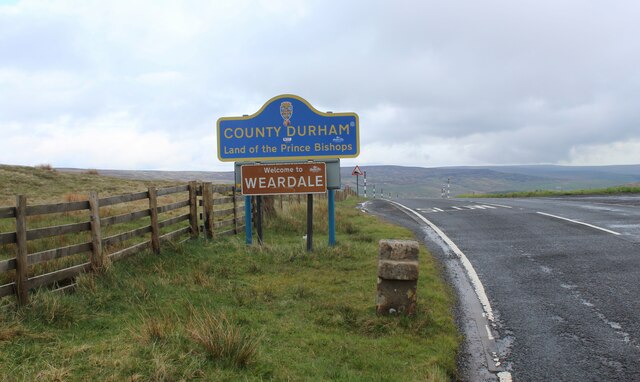
Coalcleugh Moor is a vast expanse of upland moorland situated in the county of Northumberland, England. Covering an area of approximately 1,200 hectares, it forms part of the larger North Pennines Area of Outstanding Natural Beauty.
The moorland is characterized by its rolling hills, expansive heather-covered landscapes, and deep valleys carved by rivers over thousands of years. At an elevation of around 500 meters above sea level, the area offers breathtaking panoramic views of the surrounding countryside.
Coalcleugh Moor is known for its rich biodiversity, providing a habitat for a wide range of flora and fauna. The heather-dominated vegetation supports a variety of bird species, including red grouse, skylarks, and curlews. Rare plants such as cotton grass and bog rosemary can also be found in the wetter areas of the moor.
The area has a long history of human activity, with evidence of Bronze Age settlements and mining activities dating back centuries. The remnants of old lead mines and associated structures can still be seen today, serving as a reminder of the area's industrial past.
Coalcleugh Moor offers a tranquil and remote environment for outdoor enthusiasts. It is traversed by a network of footpaths and bridleways, providing opportunities for hiking, cycling, and horse riding. The moorland's unspoiled beauty and sense of isolation make it an ideal destination for those seeking a peaceful retreat in the heart of Northumberland's stunning countryside.
If you have any feedback on the listing, please let us know in the comments section below.
Coalcleugh Moor Images
Images are sourced within 2km of 54.799197/-2.2985403 or Grid Reference NY8044. Thanks to Geograph Open Source API. All images are credited.
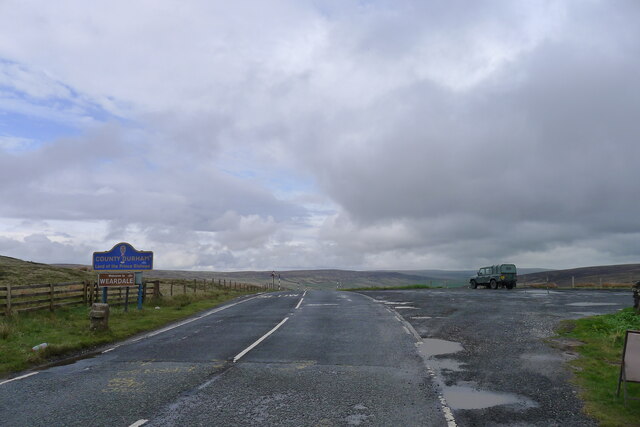
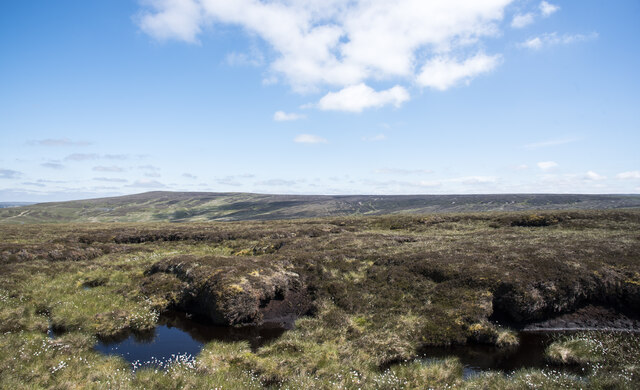
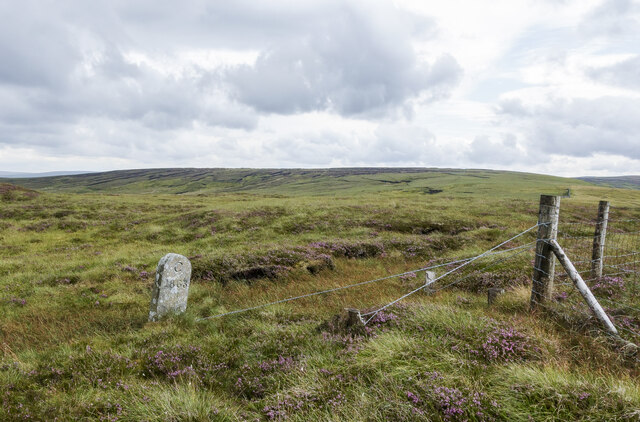
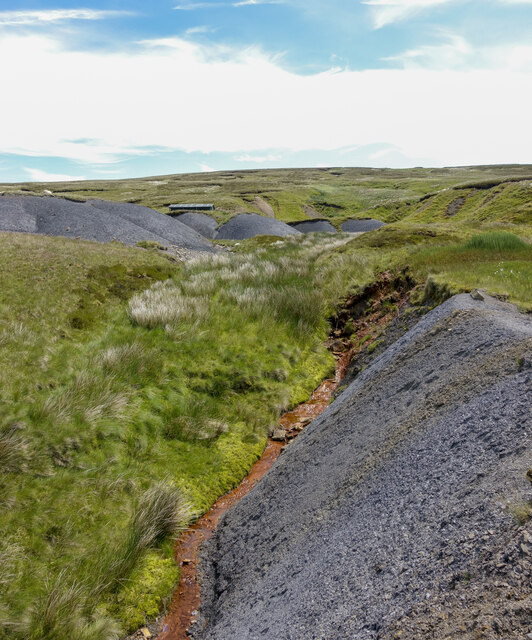


Coalcleugh Moor is located at Grid Ref: NY8044 (Lat: 54.799197, Lng: -2.2985403)
Unitary Authority: Northumberland
Police Authority: Northumbria
What 3 Words
///branching.purses.telephone. Near Alston, Cumbria
Nearby Locations
Related Wikis
Coalcleugh
Coalcleugh is a hamlet in Northumberland, England. It is situated in the Pennines between Penrith and Hexham. In the past it was well known as a lead mining...
Old Moss Lead Vein
Old Moss Lead Vein, also known as Killhope Head, is a Site of Special Scientific Interest in the Wear Valley district of County Durham, England. It consists...
Killhope Cross
Killhope Cross (elevation 627 m; 2,057 ft) is a mountain pass in the English Pennines. The pass divides Weardale to the east and Cumbria to the west. The...
Carr Shield
Carrshield is a village in Northumberland, in England. It is situated in the Pennines approximately between Penrith and Hexham. It is a small village with...
Nearby Amenities
Located within 500m of 54.799197,-2.2985403Have you been to Coalcleugh Moor?
Leave your review of Coalcleugh Moor below (or comments, questions and feedback).
